I liked to believe that the Prithvi Theatre belonged to me. My father is a theatre maker, and as a kid, this little theatre tucked away in a quiet, lush residential corner of Juhu, Mumbai felt like a second home. I was convinced that I knew every dust mote that the space was made up of. Over time, I wondered if everybody that had spent time here felt the same way.
Prithvi Theatre is a dream that multiple generations of one family have built on. It was the late actor Prithviraj Kapoor’s dream to build a theatre and give his repertory group — Prithvi Theatres — a home. On the two plots of land he leased in Juhu, he built a cottage for himself on one, and on the other, the theatre troupe’s storage unit. The repertory group shut down as he fell ill, before he passed away in 1972. In 1974, the visionary’s son, Shashi Kapoor and his wife, Jennifer Kendal Kapoor — a theatre artist herself — set up the Shri Prithviraj Kapoor Memorial Trust in his honour and took it upon themselves to rebuild the theatre, setting his dream in motion once more.
The couple brought on architect Ved Segan to make the theatre a reality. Prithvi Theatre was meant to be built in the Bandra Reclamation area in Mumbai, where the Rang Sharda Hotel and Auditorium exists today. Segan’s initial plan proposed to demolish the storage unit, and replace it with the new theatre till the land in Bandra was handed over to them. Eventually, he thought to renovate the storage unit instead, and not have the local authorities in charge of the land in Bandra involved. Inaugurated on 5 November, 1978, this is the Prithvi Theatre that stands today.
Segan tells me that the renovation of the storage unit depended a little bit on improvisation since they were working with a shoddily built structure. He says that because of the cement shortage in the state at the time, its walls were incredibly weak, and so they set up girders outside because of its salvage value. These large metal beams that support a large portion of the structure are the ones that I used to jump around on when I was little. While Segan doubted the structural integrity of the storage unit’s ceiling, the actors were concerned about its impact on acoustics. It was redone to ensure the space is soundproof, and that the sound carries from the stage to the last row. They used pre-cast concrete panels, and because of their tight budget, improvised with glass wool waste and wood from old sets.
When Segan visited England and parts of Europe with Shashi and Jennifer Kapoor, they explored several theatres. He tells me that of them all, he was particularly drawn to The Young Vic in London, as was Jennifer Kapoor, who was instrumental in designing the Prithvi theatre. The influence of that building — as it was in the ’70s, before its renovation — on the Prithvi Theatre is unmistakable, with a low octagonal thrust stage and an intimate auditorium. Incidentally, they were both also originally established as temporary workshop spaces, and have stood the test of time as they continue to be iconic theatre spaces even today.
Prithvi Theatre is a joyously small space, which harbours intimacy in every aspect. The stage is low, hardly a foot above the ground, with the first row of seats so close to the platform that audience members can even rest their feet on the stage if they want (but of course, they shouldn’t). The maximum audience capacity is about 200. I remember when people were allowed to huddle on the jute-covered steps because the seats were full — the capacity would stretch to 210, perhaps. The property is even walled with bamboo instead of traditional fences, adding to the welcoming atmosphere. I asked Segan how intentional the intimacy was in the design, and he told me that it was simply born out of the limitations of a small space.
Prithvi was the first of its kind, created with the purpose of putting up professional theatre acts and live performances, especially Hindi plays. Segan recalls the few theatre spaces that did exist at the time, which only put up English plays and were eventually converted to cinemas. In that way, Segan says, “Prithvi was the only theatre that was pure in its form.” In an old interview, Sanjna Kapoor, Shashi and Jennifer Kapoor’s daughter, says that the close collaboration between actor and architect was essential in making Prithvi what it is. “Even the National Theatre in London has certain ‘mistakes’, because it was built by architects and not people who work in the theatre,” she says.
Segan tells me, “An architect isn’t supposed to take credit for his work. His credit lies in the success of the space he creates.” If that’s true, then Prithvi Theatre speaks for itself.
Find your way to the Prithvi Theatre in Juhu, Mumbai via Google Maps here.
Our selection of stays across India, best visited for their design and style. Check in
Rabia Kapoor is a writer from Mumbai, who is looking for the generous potential of the world through her work. She is on Instagram at @rabiaaunty.
Pratik Bhide is a Mumbai-based Illustrator and a designer at Paper Planes. He enjoys tea, children’s books and the occasional long walk. He is on Instagram at @paperpratik.
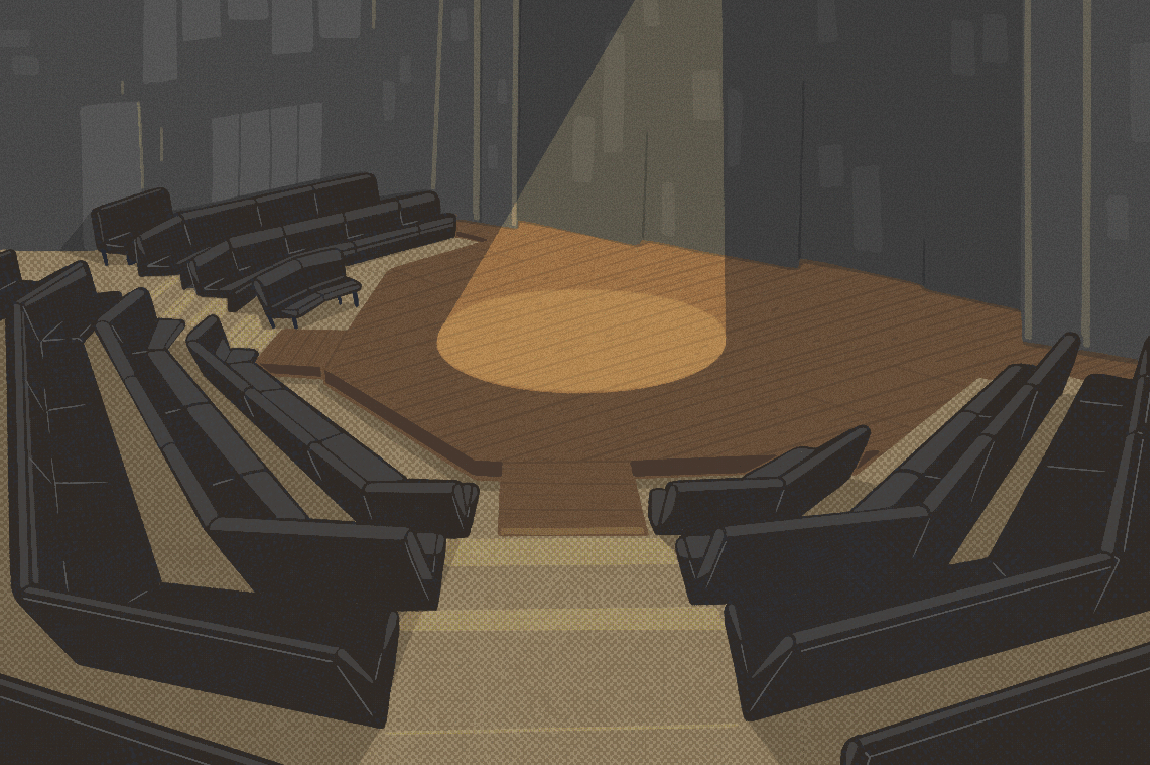
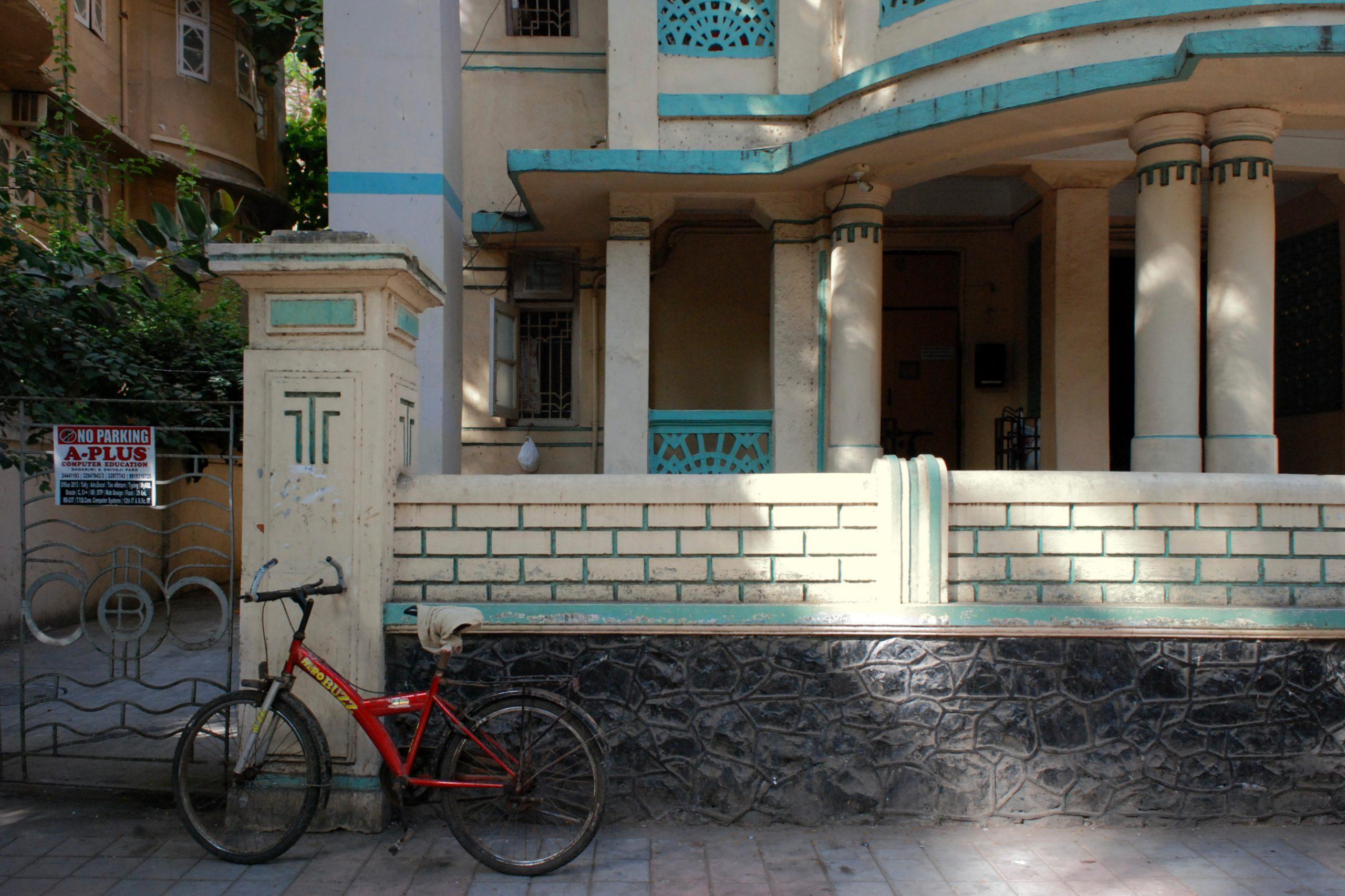
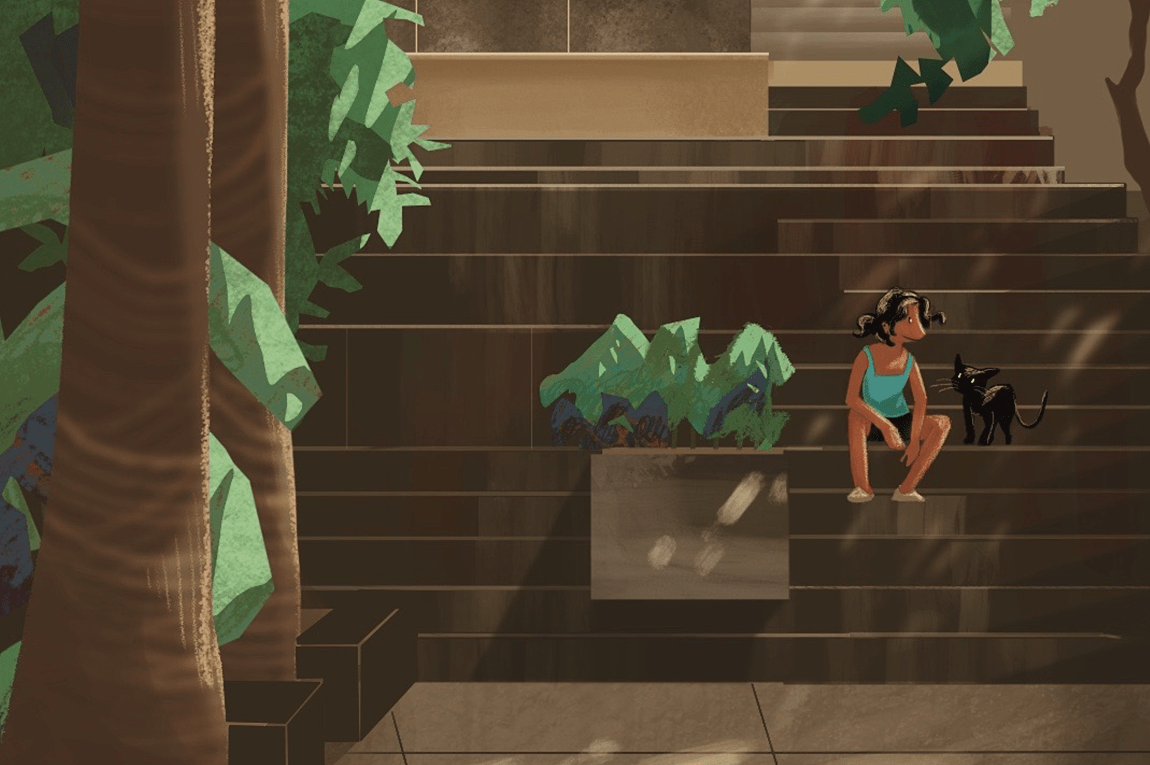
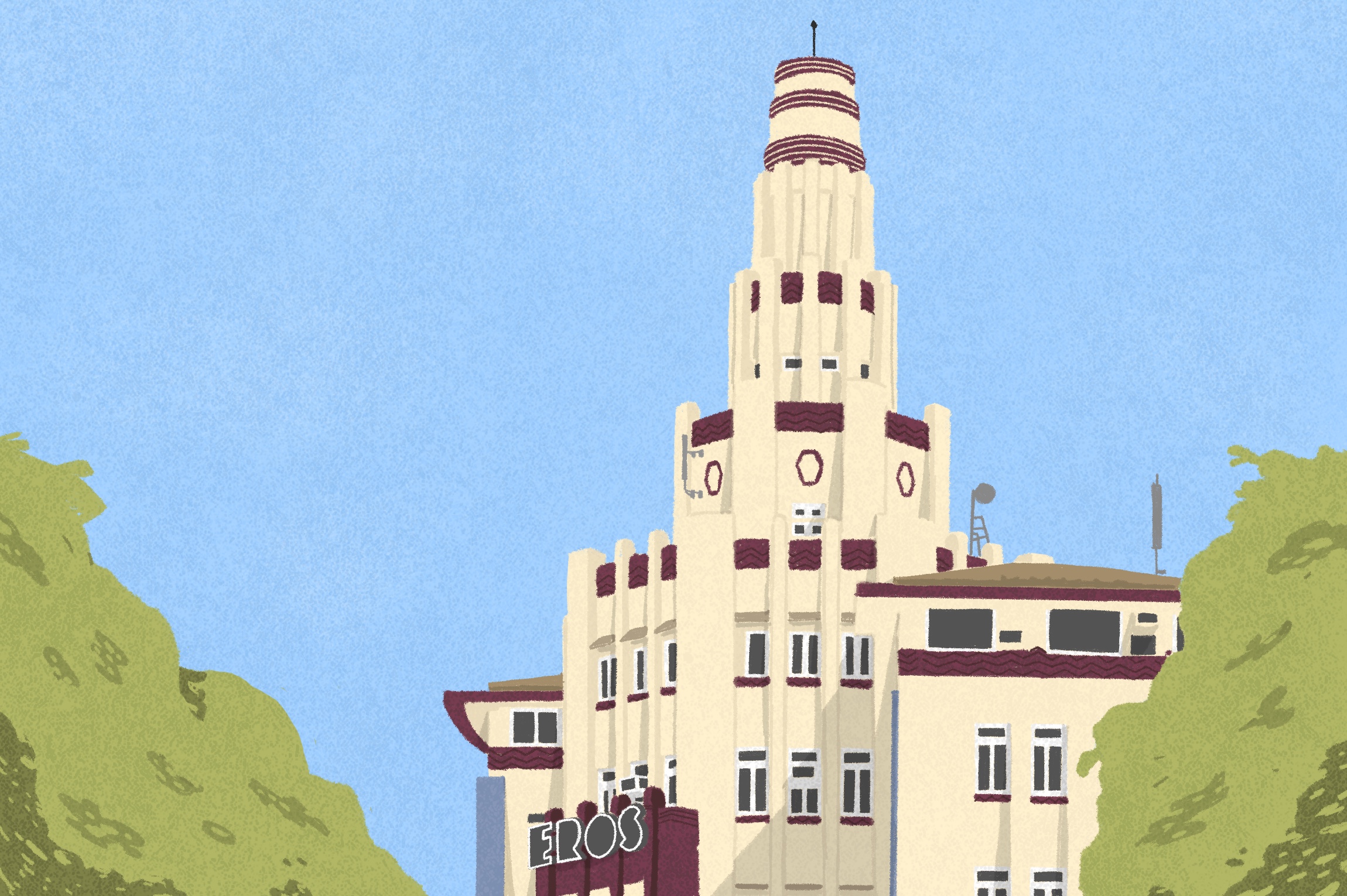



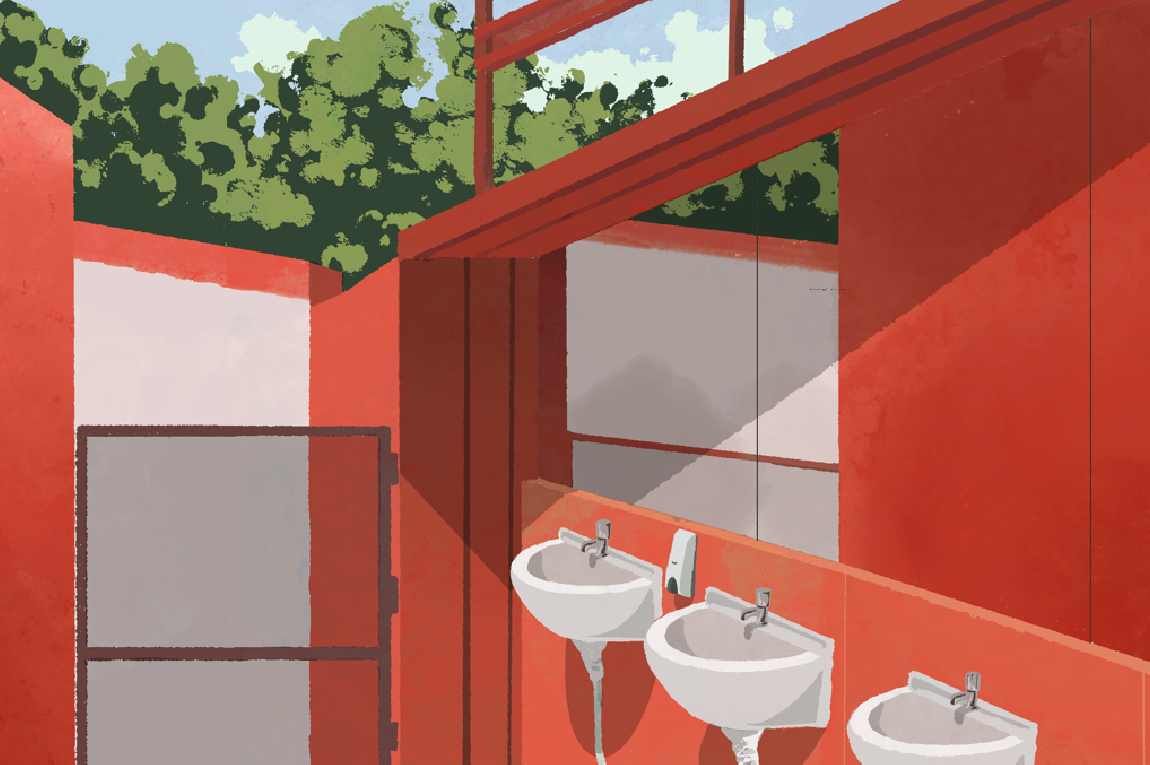
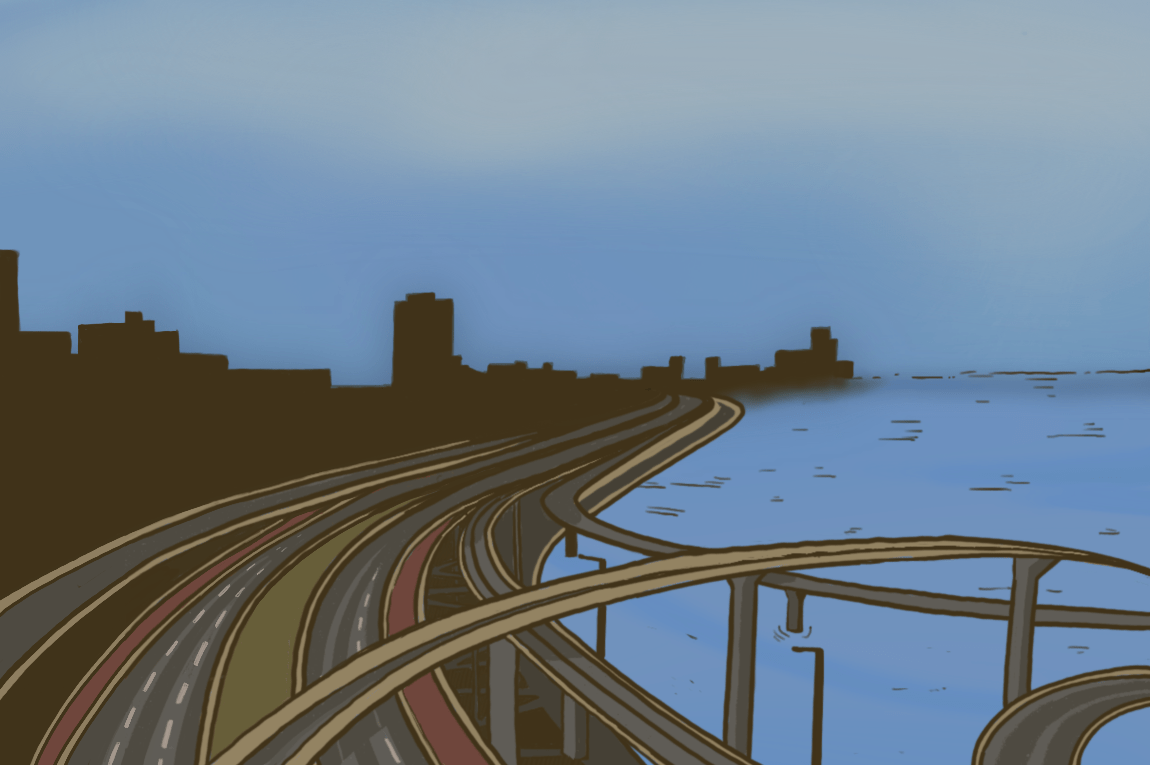
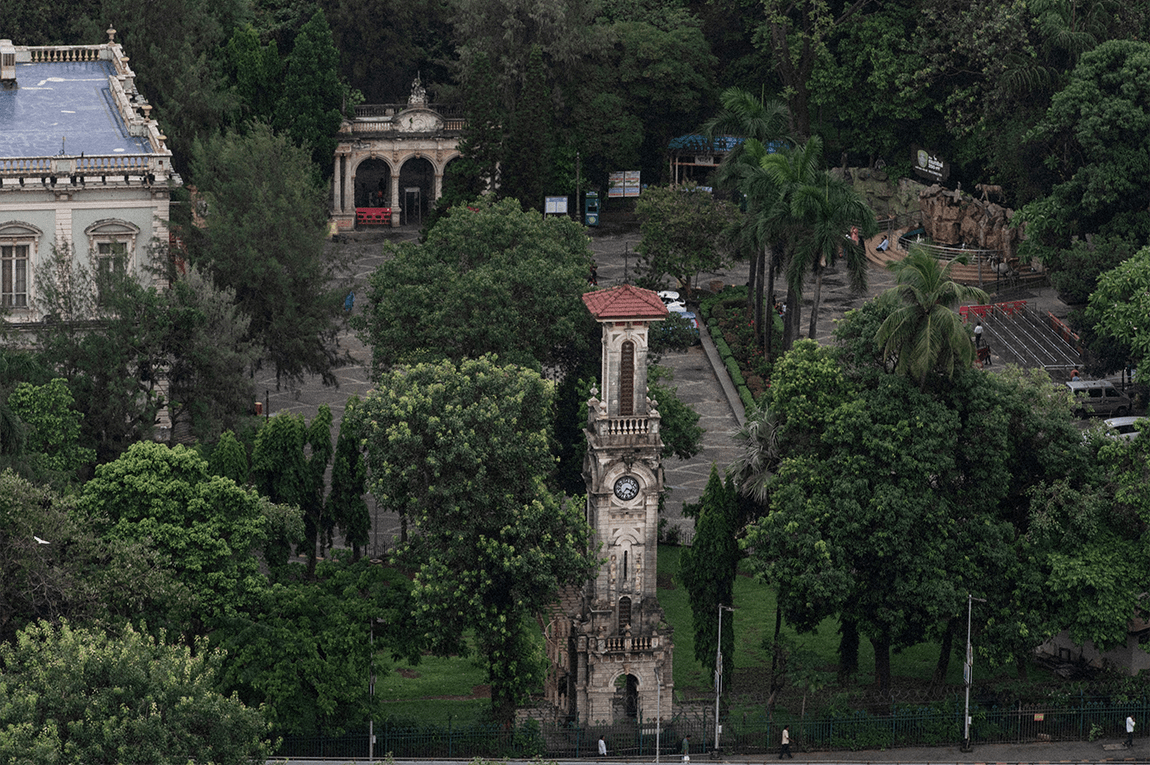




Dear Rabia, Beautifully written. Loved reading the legacy and evolution of Prithvi through your lens. I had left a verbal congratulatory note with your father when I met him last week in Rangashankara, Bangalore. I find you very promising. All the best, love Divya 🌸